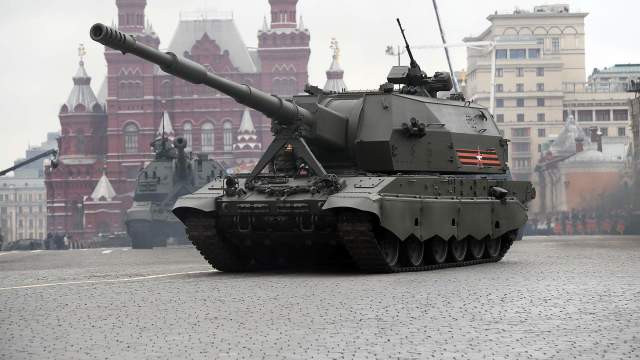These artillery installations will help the Russian army to take up the counter-battery fight, experts believe
The self-propelled artillery installation "Coalition-SV" has strengthened Russian units in the area of the SVO, sources told Izvestia in the Ministry of Defense of the Russian Federation. The new combat vehicle is the most ambitious artillery project in recent years. It has high-precision ammunition in its arsenal, and it is fully automated. To open fire, the crew just needs to press a button — after that, the on-board computer will perform all the necessary calculations, deploy the gun, and a special robot will deliver shells. But most importantly, the range of the ACS is up to 80 km. The appearance of machines with such characteristics in the area of ITS holding will help tip the scales in our direction in the counter-battery struggle, experts say.
The necessary specialization
The first self-propelled guns "Coalition-SV" designed to destroy manpower, artillery batteries, air defense systems, as well as control points and field fortifications of the enemy have been delivered to Russian artillery units in the SVO zone. A source in the Russian Defense Ministry announced the start of deliveries to Izvestia.
In October of this year, Rostec State Corporation reported that the ACS had passed state tests and was ready for mass production, confirming the "unique technical characteristics of the installation." The howitzer surpasses "the best world and domestic models in range and accuracy of fire, as well as in time for solving combat tasks," Rostec also stressed.
Thus, only about two months have passed from the moment of completion of state tests to the start of deliveries to the troops.
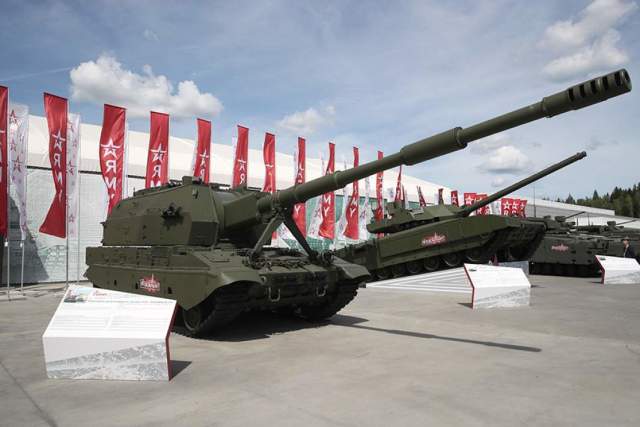
Self-propelled artillery installation "Coalition-SV" at the international military-technical forum "Army-2019"
Image source: Photo: IZVESTIA/Alexey Maishev
At the same time, the testing process itself lasted longer than planned. Earlier, Izvestia wrote that the plan of state tests of the "Coalition" was approved by the Ministry of Defense of the Russian Federation at the end of 2021. Then it was assumed that they would end on September 30, 2022, after which the ACS would be put into service. But the process was delayed.
The "Coalition-SV" can be called part of the project to rearm the Ground Forces with new equipment. It was developed in parallel with the promising platforms Armata, Kurganets-25 and Boomerang.
Initially, the "Coalition-SV" is intended for counter-battery warfare, military expert Viktor Murakhovsky told Izvestia.
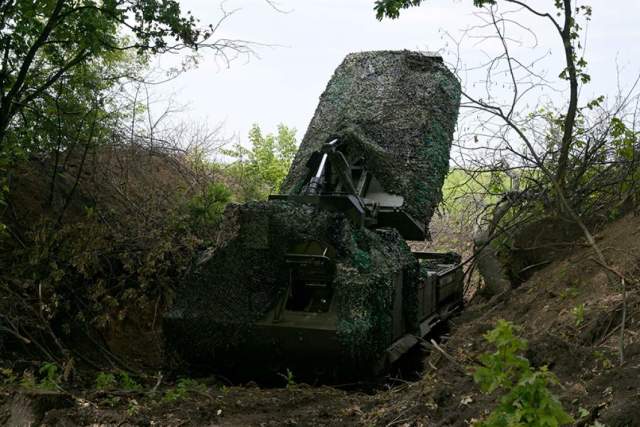
The radar complex of reconnaissance and control of shooting "Zoo-1M" in the Krasnolimansk direction
Image source: Photo: RIA Novosti/Evgeny Biyatov
"This also requires the Hawk-AV and Zoo-1M systems," he noted. — These are counter-battery warfare tools that allow you to accurately determine the positions of enemy artillery. Apparently, the "Coalition" will act in conjunction with them. This is our only self-propelled gun with automatic loading. She can quickly throw several projectiles onto the trajectory at once and then change positions. Its other feature is the automatic gun guidance control system.
The Coalition-SV had a connection with a drone, military expert Alexei Leonkov recalled.
— The installation can automatically carry out topographic mapping, and, having received coordinates from a drone, deliver a high—precision strike from a closed firing position on an enemy battery, - the expert told Izvestia. — Now the emphasis is on ensuring that the effectiveness is higher and the consumption of projectiles is less. Within the framework of this concept, the "Coalition-SV" was created.
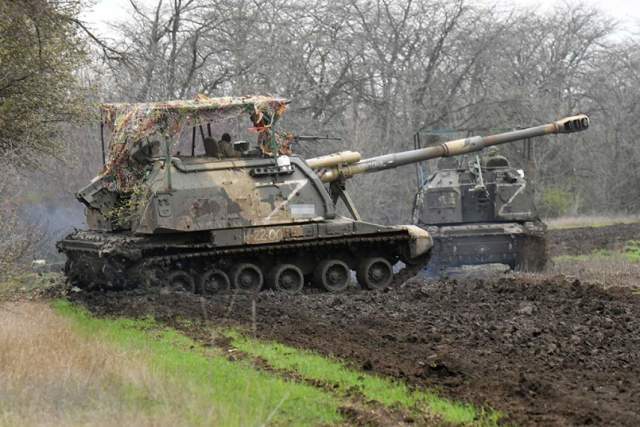
Msta-S self-propelled artillery units in a combat position in the southern sector of the special operation
Image source: Photo: RIA Novosti
The ACS is fundamentally different from the Msta-S self-propelled artillery system, explained Alexey Leonkov.
"First of all, she has an uninhabited tower," he noted. — This is actually a robotic artillery system, the rate of fire of which is higher than that of the Msta-S. There are various interesting shooting modes implemented, when you can drive all the shells into one point under different trajectories. This allows the Coalition-SV to use the tactics of nomadic artillery. As well as the tactics of a mobile firing zone, if you put several installations together.
It is also important that the weapon of the Coalition-SV is highly accurate in itself, that is, it can conduct high-precision shooting with conventional projectiles, Leonkov summarized.
On a tank chassis
The ACS armament also includes a remotely controlled 12.7 mm Kord machine gun. In addition, the Coalitions are integrated into the automated control system (ACS) of the tactical level. Thanks to this, ACS will be able to receive target indications from external sources — reconnaissance, aviation and drones. The new TZM provides fast loading of ammunition on board — the process will take several minutes.
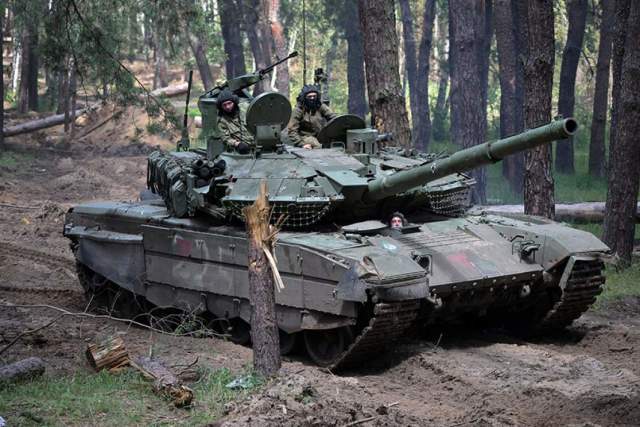
The T-90M "Breakthrough" tank returns to its base after completing a combat mission in the Krasnolimansk direction in the LPR
Image source: Photo: RIA Novosti/Evgeny Biyatov
The promising Russian machine was created on the chassis of the T-90 tank, which was the most maneuverable and load-lifting at the time of the beginning of development. But from the very beginning of development, there were plans to place the gun on the Armata platform.
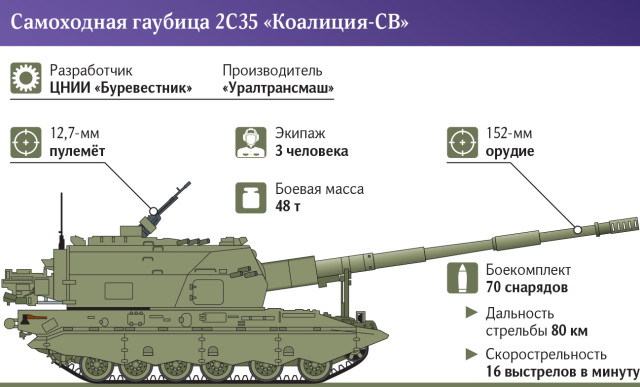
In addition, several other products were created within the framework of the Coalition-SV project, including a transport loading machine (TZM).
The line of ammunition
A large range of ammunition has already been developed in Russia for modern artillery systems. In particular, in January 2021, it became known about the beginning of testing of a new guided high-explosive projectile 3OF95.
It is equipped with inertial and satellite navigation systems, as well as several variants of homing heads.
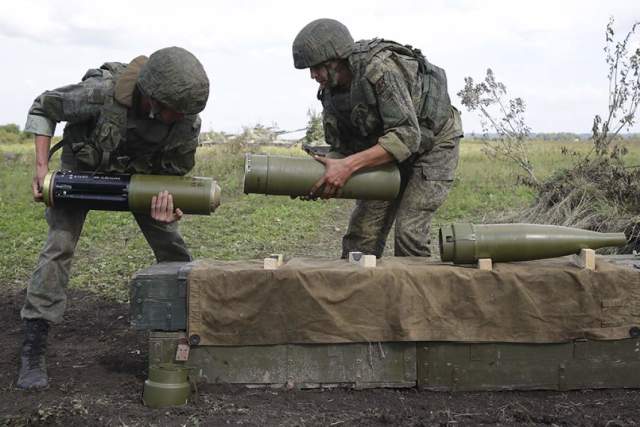
Military personnel assemble an adjustable artillery munition "Krasnopol" during the exercises of the artillery unit of the combined arms association of the Central Military District at the Yurginsky military training ground, 2021
Image source: Photo: TASS/Kirill Kukhmar
Until now, the most famous Russian guided projectile was the 152-mm high-precision Krasnopol with laser guidance and a firing range of up to 25 kilometers. It is actively used in the special operations area. There is a video of the destruction of self-propelled guns, mortars and air defense systems with this ammunition,
It is also known that work is underway on a version of the Krasnopol-D with a combat range of up to 43 km.
New developments are regularly received by the Russian army. So, recently, Izvestia wrote that Plastun-CH all-terrain vehicles appeared in the zone of its own. They are used as vehicles for evacuating the wounded — two stretchers are placed in them. All-terrain vehicles can also freely transport a group of eight people. In addition, the "Plastuns" are used for reconnaissance and as a platform for an 82 mm mortar. The Plastun-CH all-terrain vehicle received light armor and armored glass that can withstand 7.62 mm bullets fired from a Kalashnikov assault rifle and a Dragunov sniper rifle from a distance of one hundred meters.
Roman Kretsul
Julia Leonova
Bogdan Stepovoy
